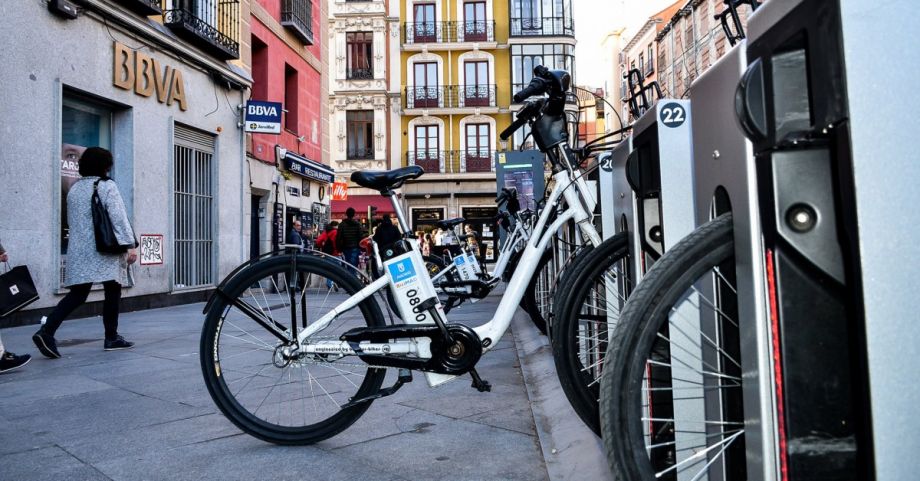 Posted Aug 15, 2020, 3:00 PM
Posted Aug 15, 2020, 3:00 PM
|
 |
Registered User
|
|
Join Date: Aug 2002
Location: Toronto
Posts: 52,200
|
|
Should We Put Bikes in the “Slow Lane”?
https://nextcity.org/daily/entry/sho...-the-slow-lane
Quote:
.....
- In addition to encouraging more people to ride, bicycle advocates of all stripes seek to get motorists to accept bikes and their riders as legitimate users of road space. But they split into two camps over the best way to do this. The dominant camp since the 1980s promotes what’s been dubbed the “Amsterdam” or “Scandinavian” model, which promotes protected bike lanes separate from motor vehicle and pedestrian traffic as the best way to make cycling safer for more people. A dedicated minority, most prominently the late cyclist-engineer John Forester, advocate instead for “vehicular cycling,” having bikes operate in the general traffic stream, with bicyclists behaving like drivers of non-motorized cars.
- Lacking the money to build a bike-lane network, Madrid instead marked regular travel lanes in city streets as restricted to vehicles operating at 30 km/h (18.6 mph), and it says that these “slow lanes” actually lead to even fewer crashes while boosting bike use. Somewhere up there, Forester is no doubt smiling while taking the lane in order to make a left turn. — When the city of Madrid faced potential fines from the European Union for failing to reduce transportation emissions in 2013, money was something it lacked. So the city simply stocked up on white paint and opted for a different approach. Now the city is touting its approach as just as effective as protected bike lanes, leading even Streetsblog USA to ask “Is It Time for the U.S. to Try the ‘Madrid Model’ of Vehicular Cycling Infrastructure?”
- Madrid’s “slow lanes” follow the traditional rules of the road in that they are located as far to the right as possible on a multi-lane thoroughfare. Their use is restricted to low-speed vehicles, which are required to take the lane by law, and cars can use them only if they observe the low speed limit. Those that do not face stiff fines. And at the same time that the city started marking slow lanes, it launched an e-bike-share program to encourage more Madrileños to bike their way around the hilly city. — By 2018, the article states, Madrid had the third-lowest rate of bicycle crashes per million trips in Europe, behind only Amsterdam and Copenhagen, both poster children for the opposite approach. And its fatality rate tied with Oslo, another protected-bike-lane city, for the lowest. This, the article suggests, should be good news for American bicycle advocates who want to see more two-wheeled, human-powered vehicles on the road.
.....
|

__________________
ASDFGHJK
|